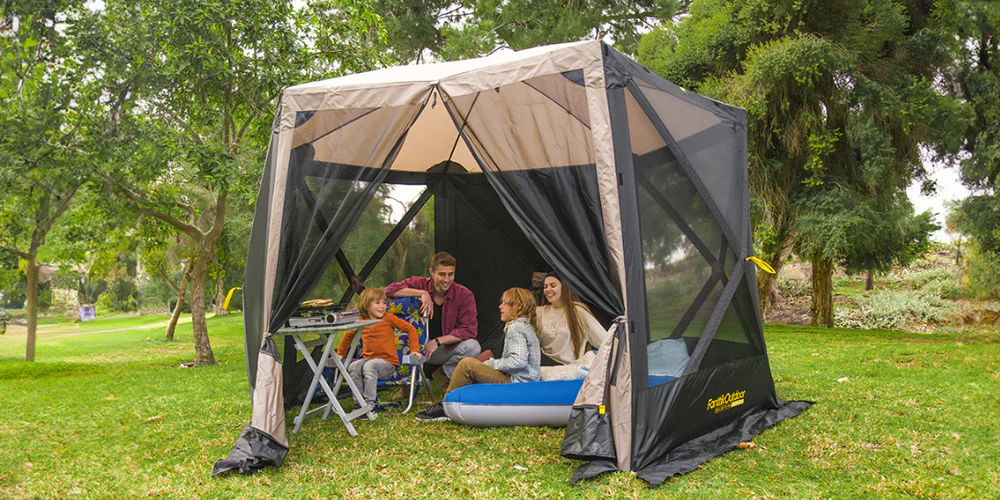In urban settings, the phenomenon of canopy wind hazards poses significant risks to both structures and individuals. These hazards arise from the interaction between wind and various canopy structures, such as tents, awnings, and trees. Understanding the causes and effects of these hazards is crucial for urban planners, event organizers, and residents alike.

What Are Canopy Wind Hazards?
Canopy wind hazards refer to the dangers associated with wind interacting with canopy structures. These can include:
- Structural failure of canopies
- Injury to individuals from falling debris
- Disruption of outdoor events
When strong winds occur, they can create uplift forces that challenge the stability of these structures. This is particularly concerning in urban areas where buildings can create wind tunnels, intensifying the effects of gusts.
Causes of Canopy Wind Hazards
The primary causes of canopy wind hazards include:
- Wind Speed: High wind speeds can exert significant pressure on canopies, leading to potential failure.
- Wind Direction: Changes in wind direction can create unexpected forces on canopy structures.
- Design and Material: The design and materials used in constructing canopies can greatly influence their resilience to wind.
Understanding these factors is essential for mitigating risks associated with canopy wind hazards. For instance, selecting appropriate materials and designs can enhance stability.
Effects of Canopy Wind Hazards
The effects of canopy wind hazards can be far-reaching. They can lead to:
- Property damage, including destruction of canopies and surrounding structures
- Injuries to individuals, particularly in crowded areas
- Financial losses for businesses relying on outdoor events
In severe cases, these hazards can even result in fatalities. Therefore, understanding and addressing these risks is paramount for safety in urban environments.
Mitigating Canopy Wind Hazards
To effectively mitigate canopy wind hazards, consider the following strategies:
- Regularly inspect and maintain canopy structures.
- Utilize wind-resistant designs and materials.
- Implement safety protocols during high wind warnings.
For more detailed guidance on ensuring the stability of canopies, visit this  .
.
Conclusion
In summary, understanding canopy wind hazards is essential for ensuring safety in urban environments. By recognizing the causes and effects of these hazards, individuals and organizations can take proactive measures to mitigate risks. Awareness and preparedness can significantly reduce the potential for accidents and damage, making urban spaces safer for everyone.




